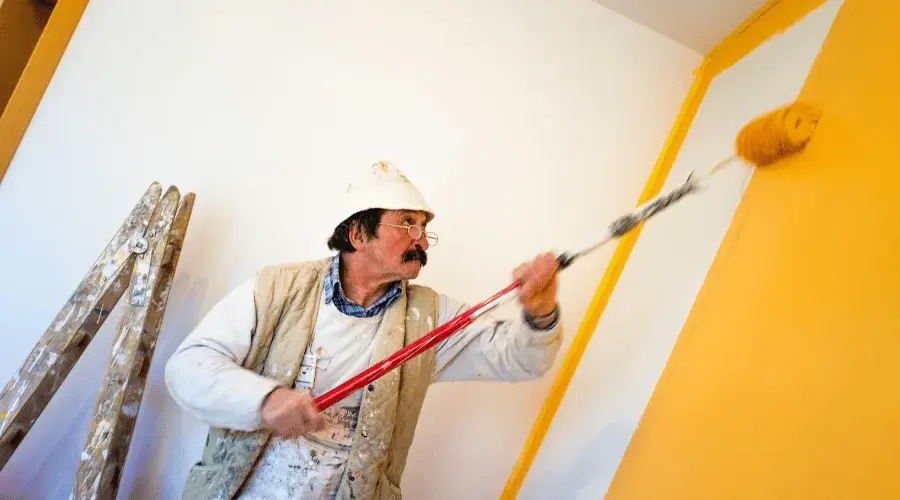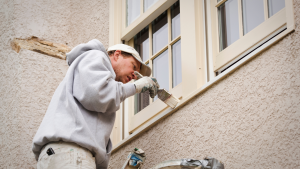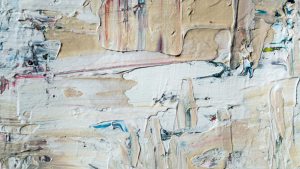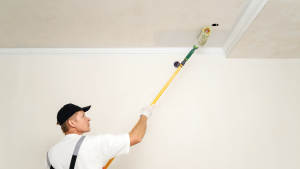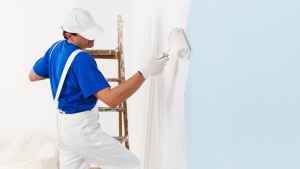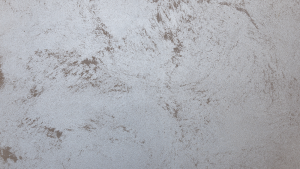In terms of house remodeling, a brand-new coat of paint can work wonders, transforming a space and breathing new life into your walls. However, the longevity of your paint job depends on various factors. In this article, we will explore the question on everyone’s mind:
Witness the magic of transformation with our house painting services. Quality craftsmanship paired with a kaleidoscope of colors, brought to you by New City House Painters
How Long Does Paint Last?
The durability of paint can vary based on factors such as the type of paint used, the surface it’s applied to, and environmental conditions. In general, high-quality interior paint should last anywhere from 5 to 10 years. Exterior paint tends to have a shorter lifespan, typically lasting between 4 to 8 years due to exposure to the elements.
Factors Affecting Paint Longevity
- Quality of Paint: The quality of paint plays a crucial role in determining its lifespan. Investing in premium, high-quality paint can extend the longevity of your paint job.
- Surface Preparation: An appropriate surface preparation is necessary for paint to survive a long time. Before applying, make sure the surface is clean, dry, and clear of any pollutants or debris. Paint.
- Environmental Conditions: Unfavorable weather, such intense heat, cold, or humidity, can impact the lifespan of your paint. Areas with high UV exposure may experience more significant fading over time.
- Application Technique: The way paint is applied can affect its durability. Proper application, including even coverage and the right number of coats, is essential for a lasting finish.
How to Tell if a Can of Paint Has Expired
Paint doesn’t last forever, and using expired paint can lead to subpar results. Here are ten signs to help you determine if your paint has passed its prime:
- Strange Odor: If the paint has a foul or rancid smell, it may have gone bad.
- Curdled or Chunky Texture: Expired paint can develop a curdled or chunky texture, making it unsuitable for use.
- Separation of Components: If the paint has separated into different layers, it’s a clear indication that it’s past its expiration date.
- Mold Growth: Mold growth in the paint is a sign of contamination and renders the paint unusable.
- Skin Formation: A thick skin forming on the paint’s surface indicates that it has been exposed to air for an extended period, affecting its quality.
- Clumping and Lumps: Clumps or lumps in the paint suggest that it has deteriorated and is no longer suitable for application.
- Changes in Color: Drastic changes in the color of the paint, such as fading or discoloration, can signal expiration.
- Metallic Smell: If the paint emits a metallic or ammonia-like smell, it’s a sign of chemical breakdown.
- Ineffective Stirring: If stirring the paint does not restore its original consistency, it may be past its prime.
- Excessive Thinning: If the paint requires excessive thinning to achieve the desired consistency, it may be too old to use effectively.
In conclusion, the lifespan of your paint job is influenced by various factors, including the quality of paint, surface preparation, and environmental conditions. Understanding how long paint lasts and recognizing signs of expired paint is crucial for maintaining a fresh and vibrant living space.
Investing in high-quality paint and keeping a vigilant eye for signs of expiration can ensure that your walls remain a canvas of beauty for years to come. So, go ahead, unleash your creativity, and let your walls tell a timeless tale with a paint job that stands the test of time.

